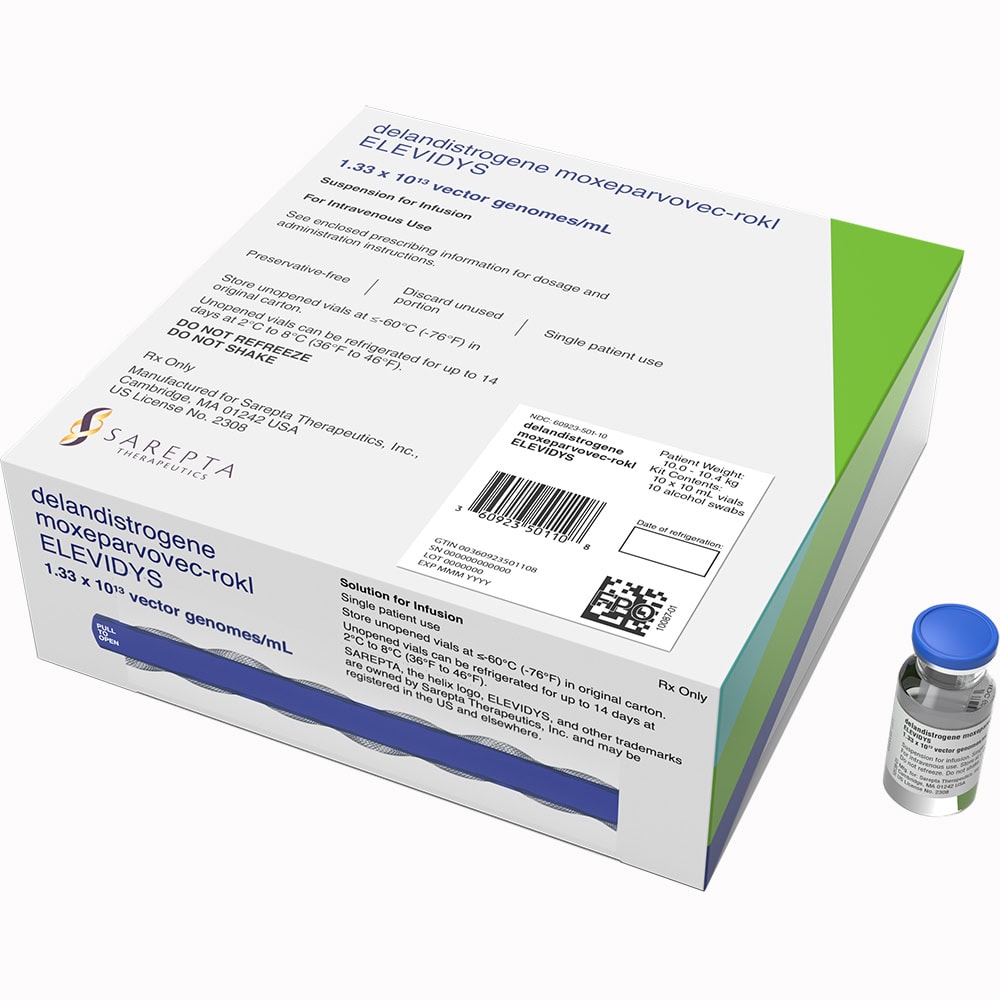As a pediatrician and advocate for children’s health, I recognize that gene therapies for rare conditions like spinal muscular atrophy or Duchenne muscular dystrophy are often held up as evidence of the promise of genetic engineering.
While some of these therapies have shown potential in some rare clinical conditions, they do not justify the uncontrolled expansion of genetic manipulation across medicine, agriculture, and biotechnology. These technologies remain largely experimental, with significant gaps in our understanding of off-target effects, immune activation, epigenetic disruption, and long-term outcomes, especially in vulnerable populations like children, whose developing systems are far more susceptible to genomic manipulations.
Pointing to isolated medical successes cannot be used to deflect our concerns about the unregulated and unpredictable nature of gene editing platforms now infiltrating everything from vaccines to infant nutrition. The process of scientific inquiry and questioning must not be dismissed, gaslit, or obfuscated, especially when the health and futures of our children are at stake.
It is understood that the conversation around genetic engineering technologies must be nuanced, acknowledging both their potential and their risks, especially when these powerful tools are extended into the clinical setting from its birthplace in agriculture, where long-term consequences still remain unknown despite decades of use.
For those of us who have been concerned with the genetic modification of our food and medicine, our voices have been largely silenced or ignored.
Duchenne Muscular Dystrophy
Duchenne muscular dystrophy (DMD) is a severe, progressive genetic disorder that primarily affects boys, occurring in approximately 1 in every 3,500 to 5,000 male births worldwide. Caused by mutations in the dystrophin gene, which is essential for muscle strength and stability, DMD leads to gradual muscle degeneration and weakness, typically beginning in early childhood.
Most children with DMD lose the ability to walk by their early teens and face life-threatening complications such as cardiomyopathy and respiratory failure as the disease progresses. DMD remains a devastating diagnosis with a significantly shortened life expectancy, often into the late twenties or early thirties. Early diagnosis and multidisciplinary care can improve quality of life and slow disease progression, but a cure has not yet surfaced.
For parents of children with DMD, Sarepta Therapeutics’ gene therapy, Elevidys (delandistrogene moxeparvovec), was touted as a groundbreaking treatment. Approved by the US FDA in June 2023 under the accelerated approval pathway, Elevidys was the first gene therapy authorized for DMD, initially targeting ambulatory patients aged 4 to 5 years with a confirmed mutation in the DMD gene.

In June 2024, the FDA expanded Elevidys’ approval to include ambulatory and non-ambulatory individuals aged 4 and older, based on evidence of micro-dystrophin expression which is a protein essential for muscle function. However, this expansion was granted under accelerated approval for non-ambulatory patients, contingent upon further clinical verification of the therapy’s benefit.
Of note, the net revenues for the first quarter for Sarepta Therapeutics totaled $611.5 million, a 70% increase over the same quarter of the previous year.
Additionally, a single treatment of Elevidys costs wholesale approximately $3.2 million for a one-time intravenous infusion, $2.4 million for those with Medicaid, making it one of the most expensive therapies in the world.
Despite this promising potential, Elevidys has faced significant challenges. In March 2025, a teenager died from acute liver failure following treatment with Elevidys. A second fatality occurred in June, 2025, involving another non-ambulatory patient who suffered fatal liver complications. Both incidents have raised serious safety concerns, particularly regarding the risk of acute liver injury from the gene therapy.
In response to these events, Sarepta Therapeutics has paused shipments of Elevidys to non-ambulatory patients and halted clinical trials. The company is collaborating with the FDA to implement enhanced safety protocols, including the potential use of immunosuppressants to mitigate immune responses. Additionally, Sarepta has withdrawn its 2025 revenue projections, which had previously claimed over $2 billion in sales, reflecting the uncertainty surrounding Elevidys’ future in the market.
I find it not only troubling, but immoral that the immediate response to fatal outcomes from Elevidys was not full withdrawal of the therapy, but rather a proposal to administer additional immunosuppressive drugs to manage its life-threatening side effects. This approach puts already vulnerable children at further risk and prioritizes the rescue and reputation of an experimental pharmaceutical genetically engineered product over safeguarding patient lives.
When a treatment results in acute liver failure and death in multiple children, the only ethical and scientific action is to halt its use entirely until the mechanisms of harm are fully understood; not to layer on more drugs in an attempt to control a known toxicity.
These developments have not only impacted Sarepta’s financial standing, but have also have generated debates within the biotechnology industry and regulatory agencies. The FDA’s decision to grant accelerated approval for Elevidys, despite concerns over its efficacy and safety, has been a point of contention, especially following the Phase 3 trial’s failure to meet their own goals. The recent leadership changes at the FDA have further complicated the regulatory landscape for gene therapies.
As of now, shockingly, Elevidys remains approved for certain patient populations, but its availability and future use are under review. The ongoing investigations and safety assessments will determine whether the therapy can continue to be offered to patients with Duchenne muscular dystrophy.
The tragic saga of Elevidys is an indictment of the reckless rush to embrace genetic engineering as the next frontier of medicine. Far from being the miracle it’s marketed to be, this technology is neither precise nor predictable. It is a high-stakes gamble with human lives. The deaths of children from liver failure after receiving this so-called therapy should have sent shockwaves through the medical establishment. Instead, we see attempts to cover the damage with more drugs and revised protocols, rather than confronting the root problem: an unproven, unstable technology that is being deployed with a lack of understanding, oversight, or accountability.
Whether it is used in agriculture, vaccines, or medical interventions, genetic engineering is forging ahead without the base knowledge or ethical framework to justify its use, especially in our most vulnerable populations. The lack of any regulation and the blind faith in innovation over safety is not science; it’s exploitation masquerading as progress.



